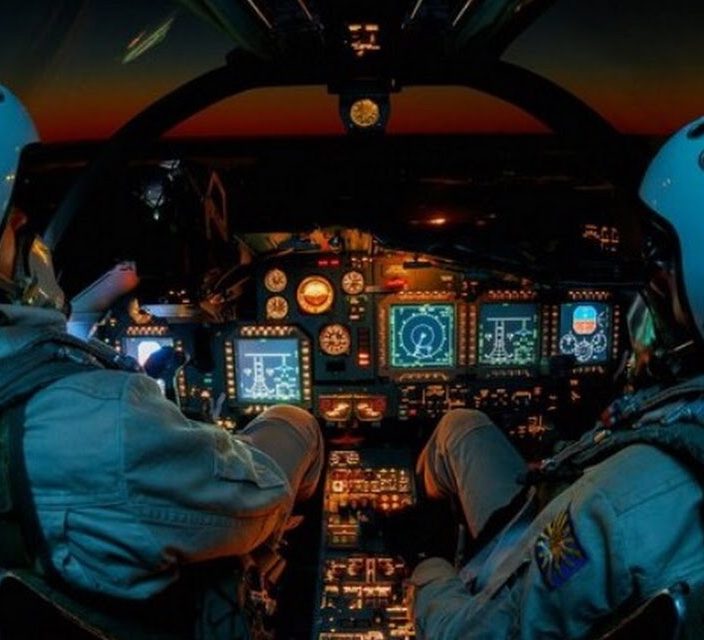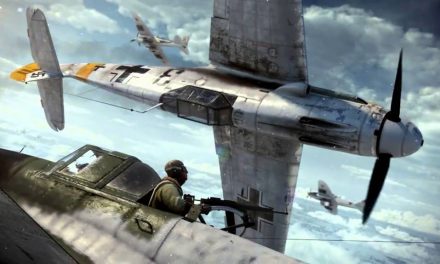
Originally shared by Екaterina Krasavina
The charm of the cockpit of the Russian front-line fighter-bomber Su-34 🇷🇺
To ensure the effective work of the crew during flights to the maximum range and duration (with additional outboard fuel tanks for a range of up to 7,000 km), the Su-34 is equipped with life support systems that increase comfort:
~ bio-toilet;
~ airtight cabin with oxygen system, which ensures the performance of flights without oxygen masks up to an altitude of 10,000 m;
~ air conditioning and heating system;
~ a kitchenette (mini-kitchen), which includes a microwave and thermos for storing rations and water;
~ space, located behind the seats, allowing you to straighten up in full growth;
~ a system of electric massage, built into chairs;
~ a system for projecting instrument readings to the windshield, allowing you to observe the flight parameters when you are out of the chair.
In order to increase the survivability of the aircraft and the security of the crew, the outer casing of the cockpit is made of an armored casing made of titanium alloy.
When developing it, the shortcomings revealed during the combat employment of the Su-25 aircraft were taken into account. The thickness of the Su-34 armor is 17 mm, which is much thicker than the Su-25 armor, designed to hit shells of 12.7 mm caliber.
The weight of booking the Su-34 is 1480 kg, which is almost 1.5 times more than that of the Su-25.
A distinctive feature of booking the Su-34 from the Su-25 is the completion of the armor completely from titanium alloy, without aluminum and steel plates.
The cabin has an armored glazing and is equipped with two K-36DM ejection seats, allowing to perform ejection in the entire range of altitudes and flight speeds, as well as from the ground (including taxiing).
The entrance to the cockpit is through the lower hatch on the stairs. The hatch is located near the front landing gear of the chassis.




Recent Comments